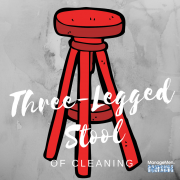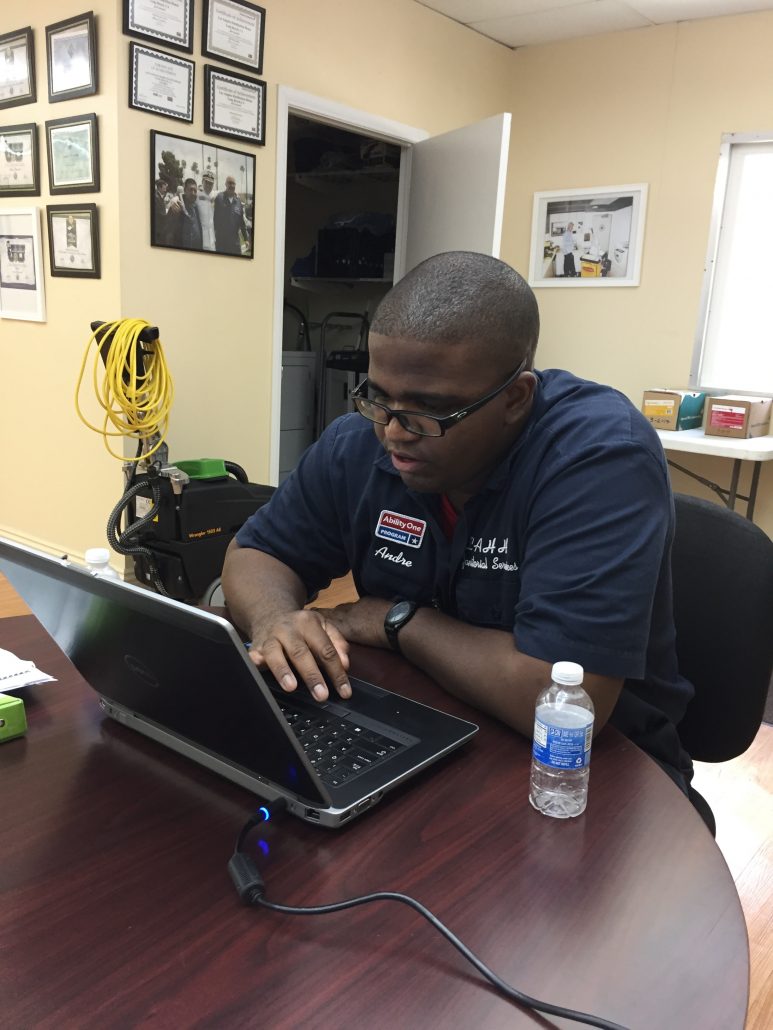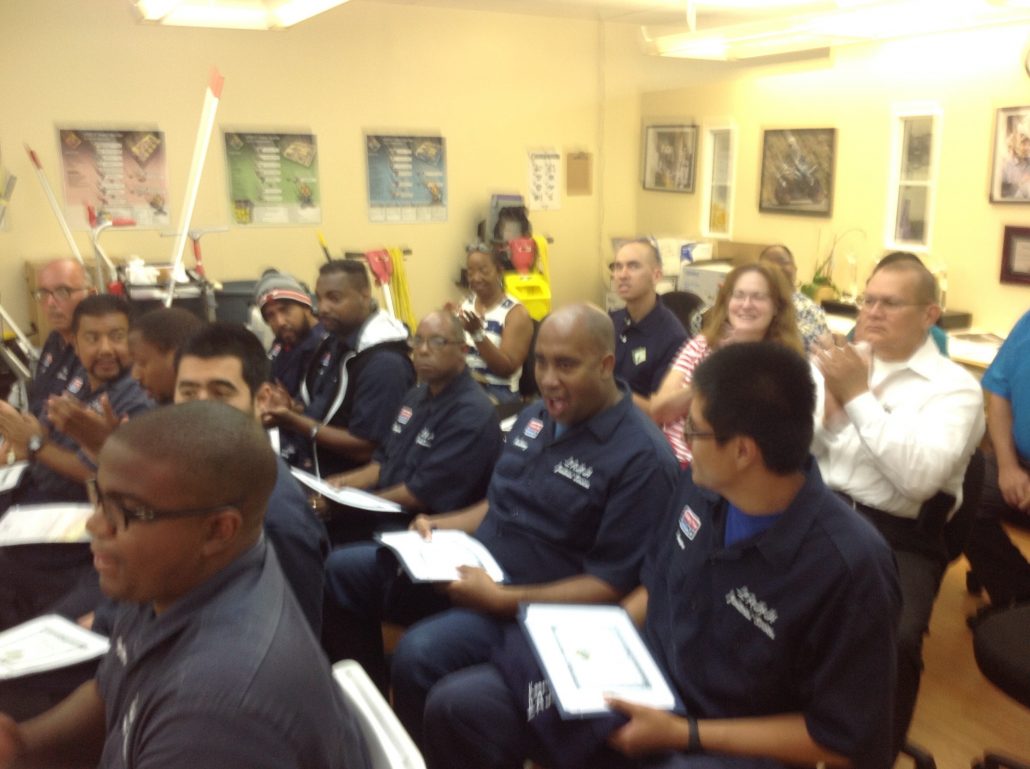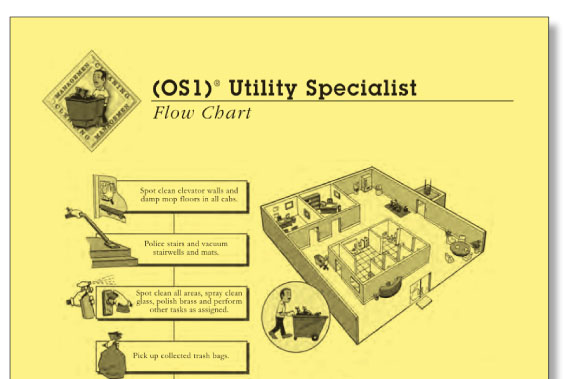Three Things You Need for Your Custodial Operation to be Successful
When I started my job as a housekeeper at the only hotel in my small town, I was shown my cart, a vacuum and how to make a bed. The “trainer,” or the woman I was supposed to follow for the day, had called off work, so I was on my own.
“If you have any questions, just dial number one on the phone,” said the housekeeping manager. And off I went.
I was 17 at the time, and my mom will be the first to tell you that I didn’t know a thing about cleaning my own room, let alone 10 rooms in a hotel. I lasted about two weeks. I am process driven and there wasn’t a single procedure in place in that department (at least, no procedures that were shared with me). I also love science, and I had no idea that a lot of what I was doing had a scientific application. When I completed my assigned rooms, I clocked out and told my boss I’d see her tomorrow. That was it.
___________________
Too often, people treat cleaning like it’s something that anyone knows how to do, but there’s a big problem with that approach. It gives the unspoken message to custodians and housekeepers that they are replaceable. If they don’t show up, anyone can come in and do their job. When there’s little to no training, it tells them that the job isn’t skilled. It doesn’t show them that they can actually make a career—a good, well-paying career—in the cleaning industry. Ultimately, treating cleaning like it’s something that anyone knows how to do reduces the value of both the work and the people performing the work.
Is there any wonder why custodial operations have problems with turnover and attracting younger people to the industry?
At ManageMen, when we look at cleaning, we see it as a profession grounded in three disciplines. We refer to these disciplines as the “three-legged stool” of cleaning. When you don’t ground your custodial operations with these elements as your foundation, you’ll be more prone to common issues such as outsourcing, high turnover and low employee morale. There’s also a good chance you’re actually polluting the indoor environment rather than cleaning it.
The three core elements of a successful cleaning operation include:
Engineering: The standardization, simplification, best practices and ongoing benchmarking of a cleaning program amongst top organizations that establishes as a best-in-class operation.
Science: The studies and research that validate the engineering elements of the cleaning operation, methods to improve safety and compliance with workplace safety laws, pollution reduction and development of workplace topophilia (or the love of the indoor environment).
Professionalism: Systems that enhance value of and appreciation for cleaning workers in the overall building operations, through education, skills validation, career path and recognition programs.
We all know by now that the cleanliness of our buildings has a huge impact on the health and productivity of building occupants, while also playing a key role in an organization’s brand. It can also be a differentiator when trying to attract new customers or employees — who wants to work in a dirty building?
Rather than treating custodial like Cinderella — pushing her to the background while other areas get more attention and budget — we need to start grounding our custodial operations in engineering, science and professionalism.
Custodial work is not a job that just anyone can do. It’s a profession that requires skilled training and respect. When we treat it as such, we’ll not only improve the levels of cleanliness in our buildings, but perhaps we’ll give new workers to our industry a better appreciation for the work and how they can build a successful career in this industry.










